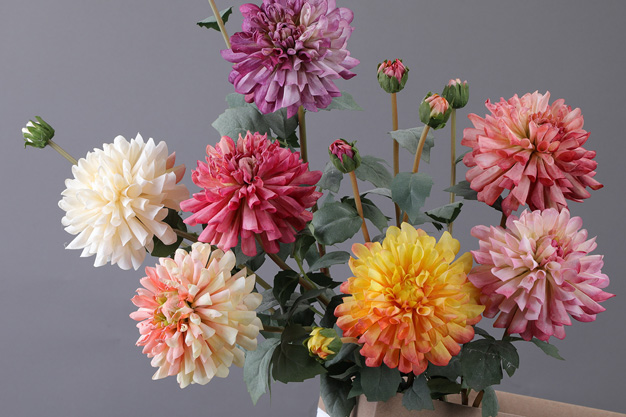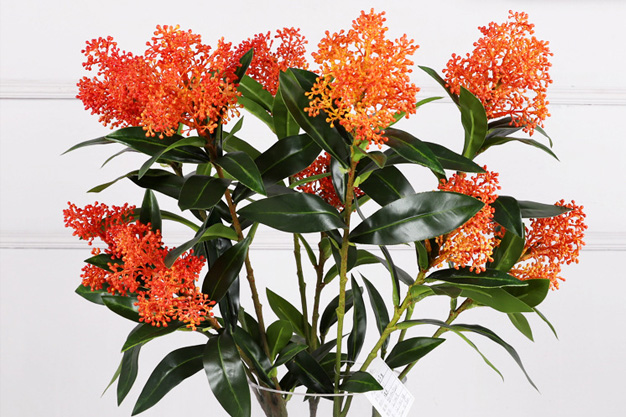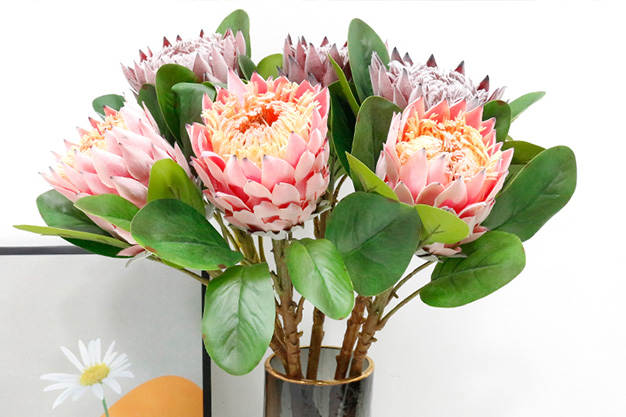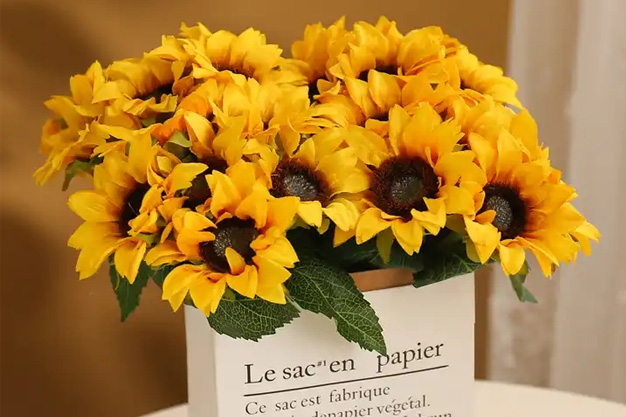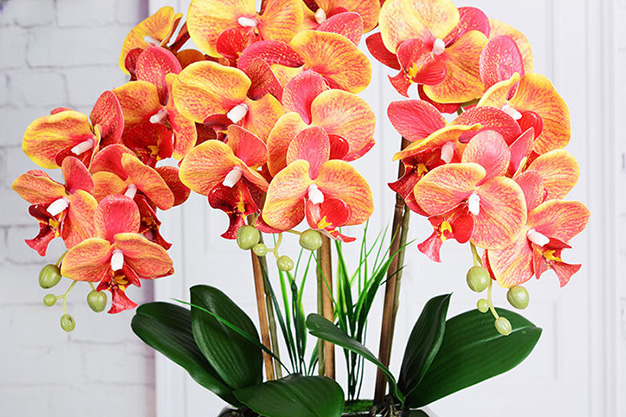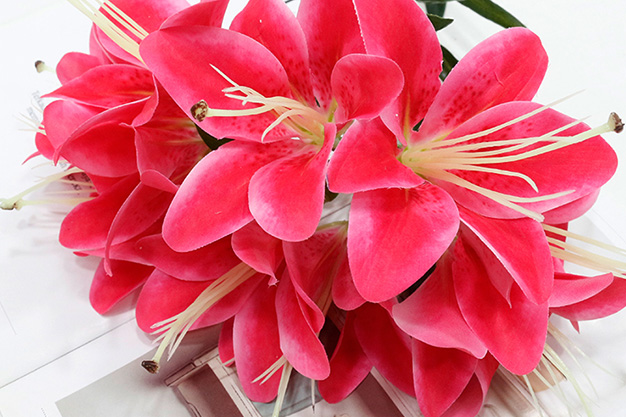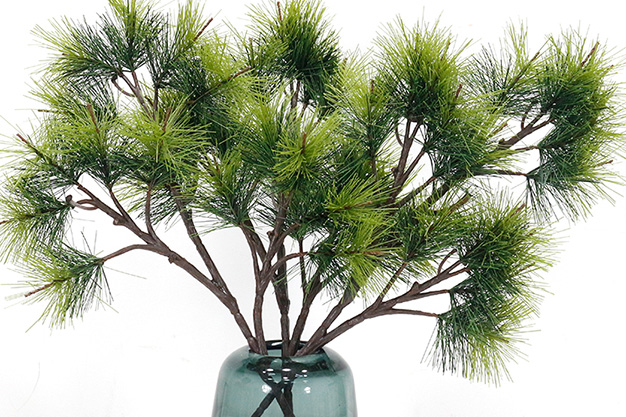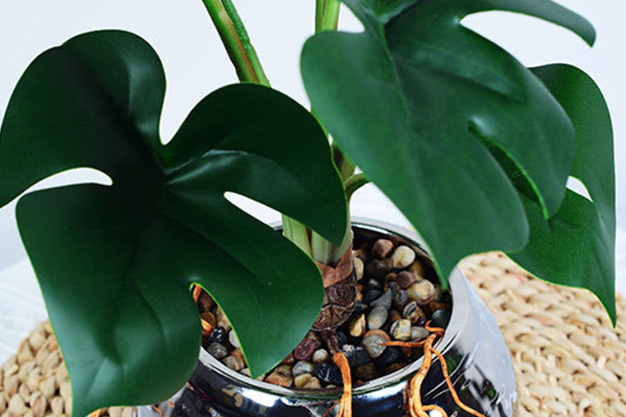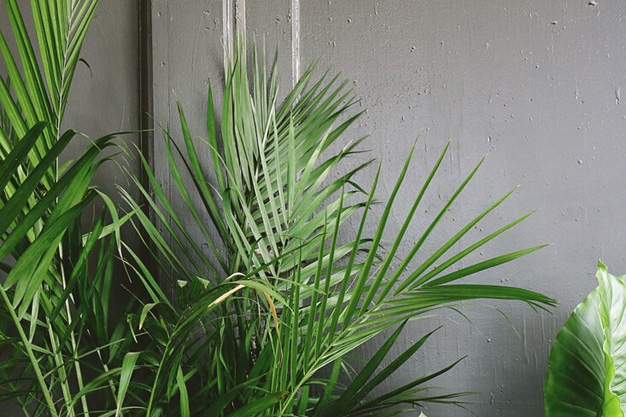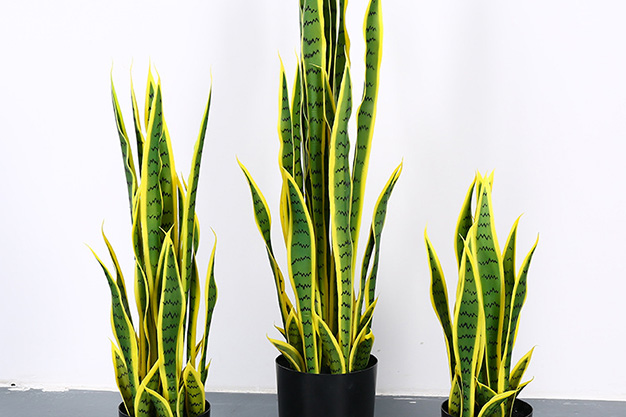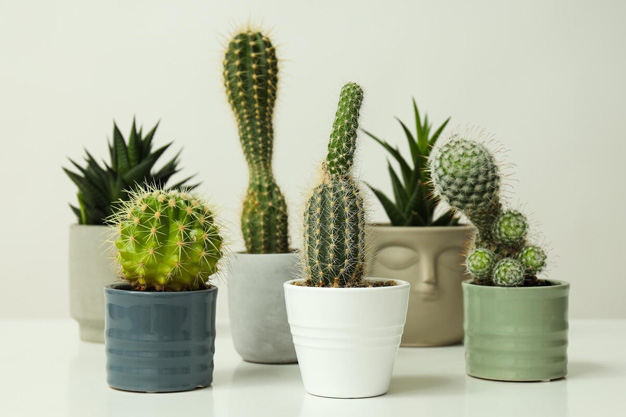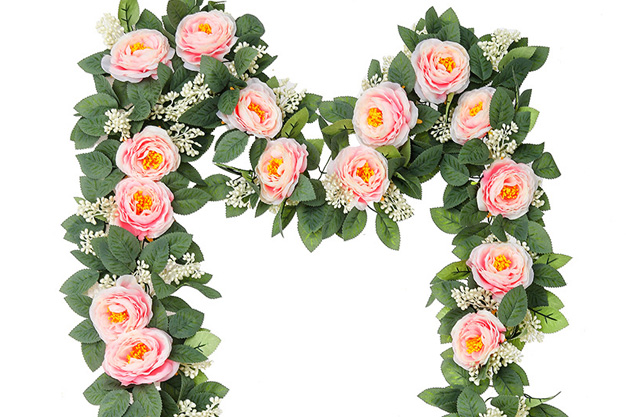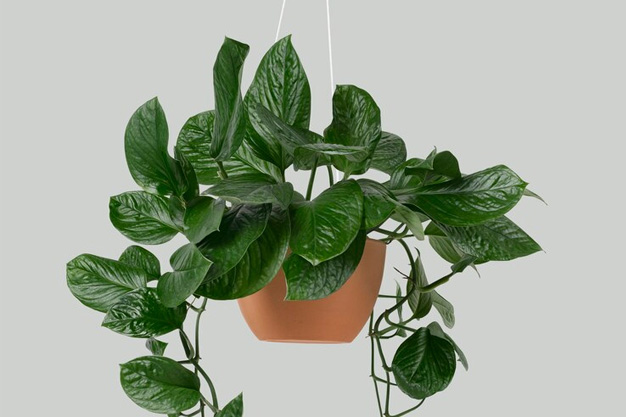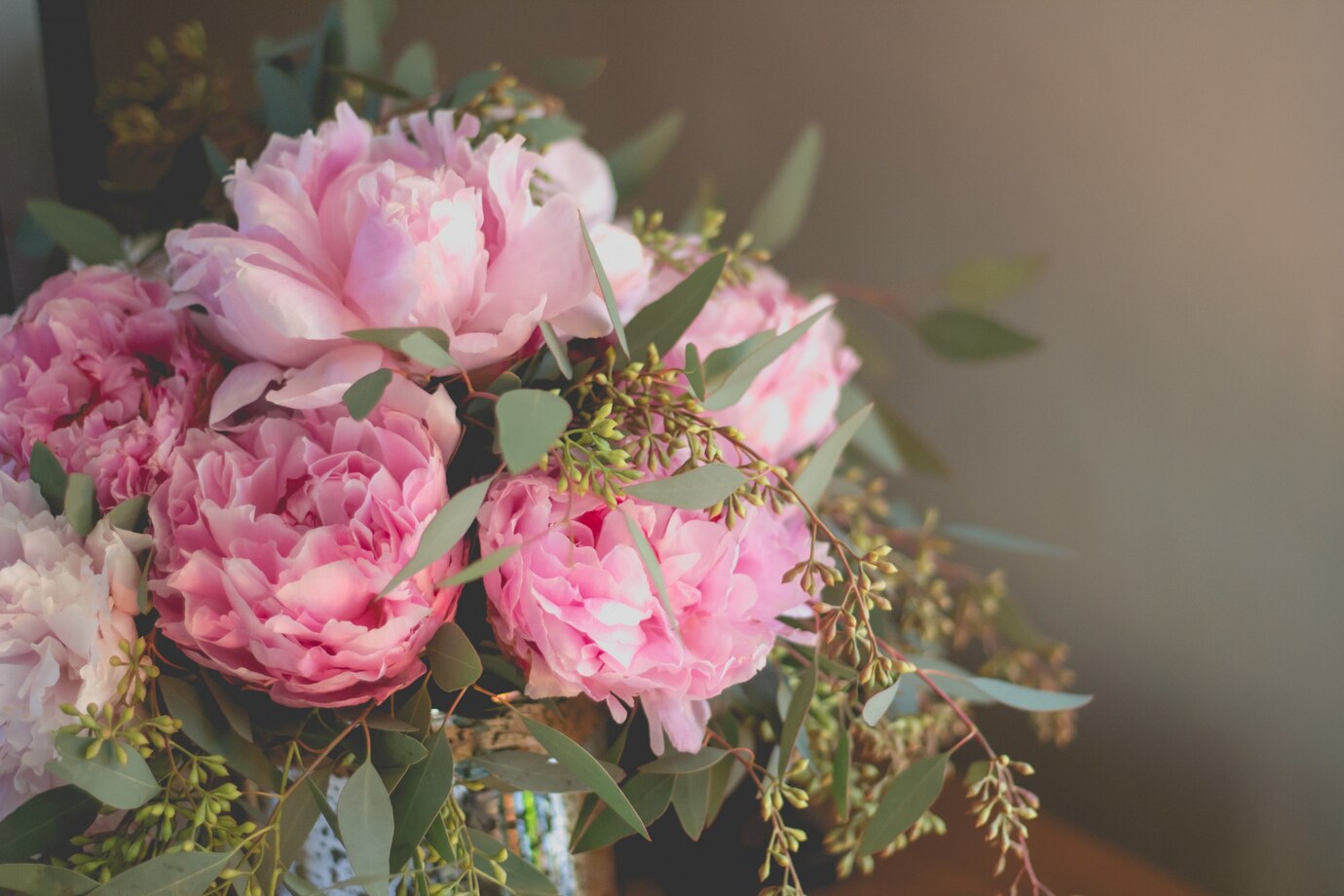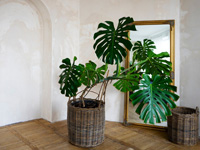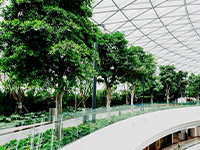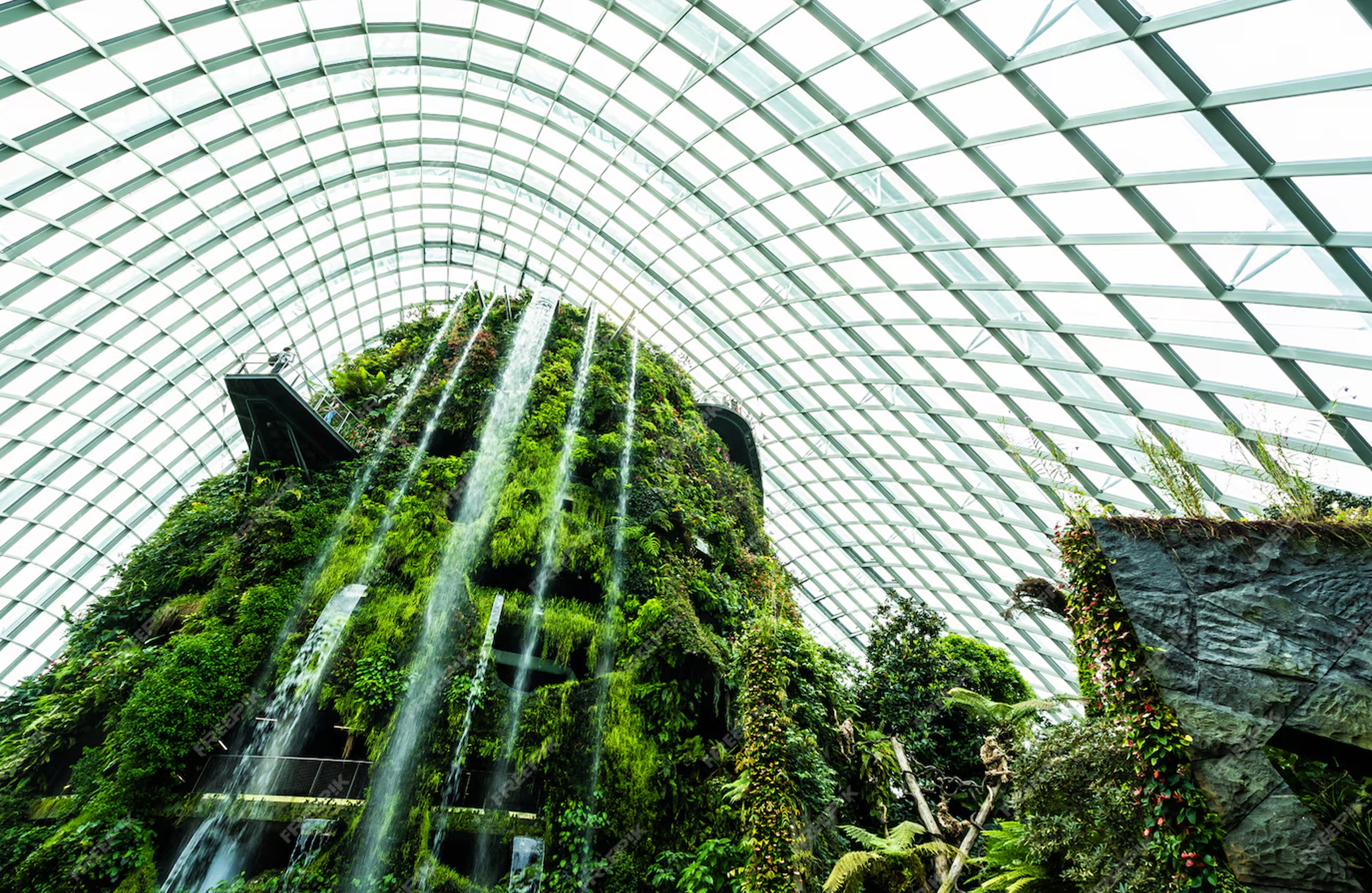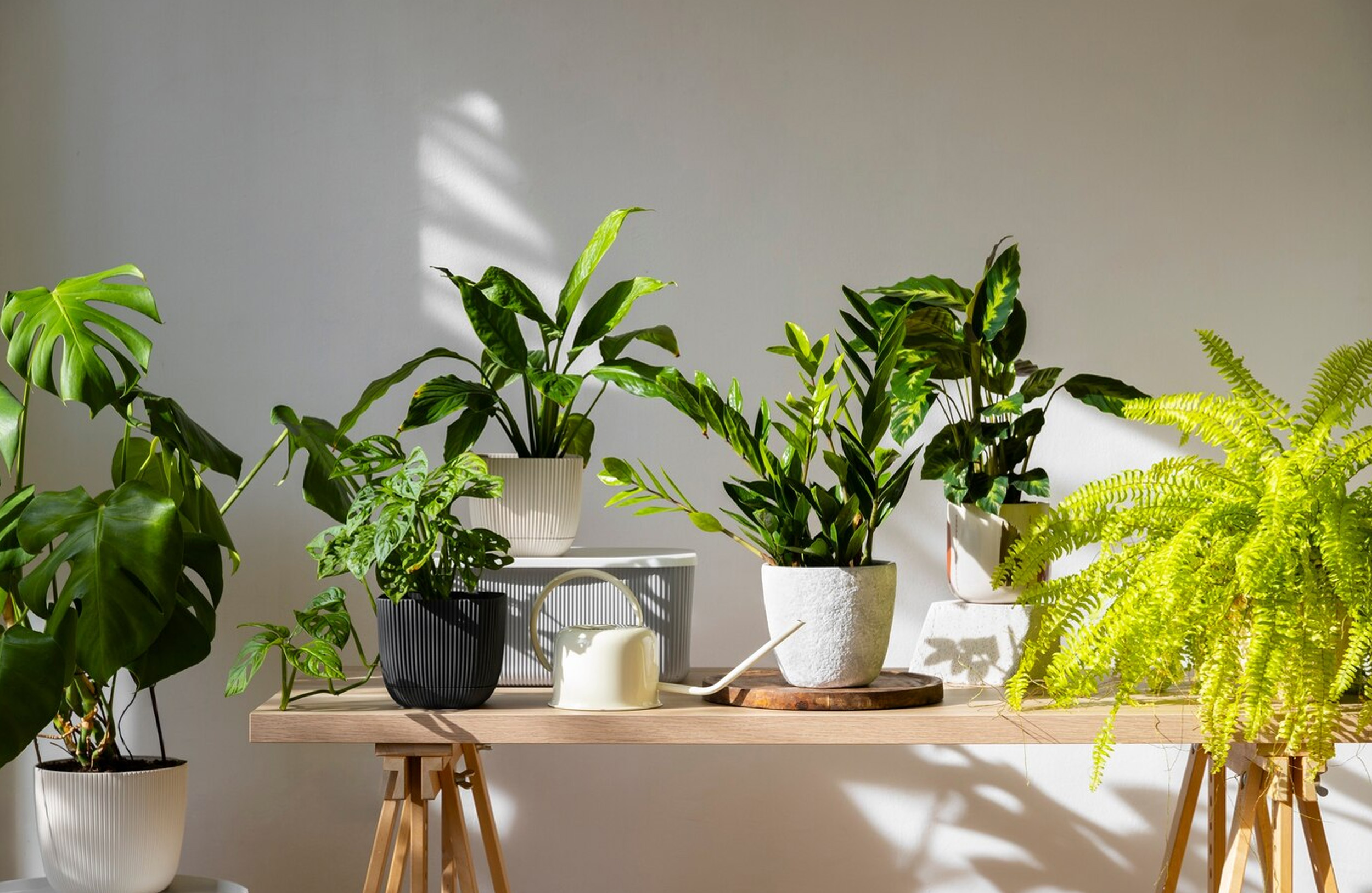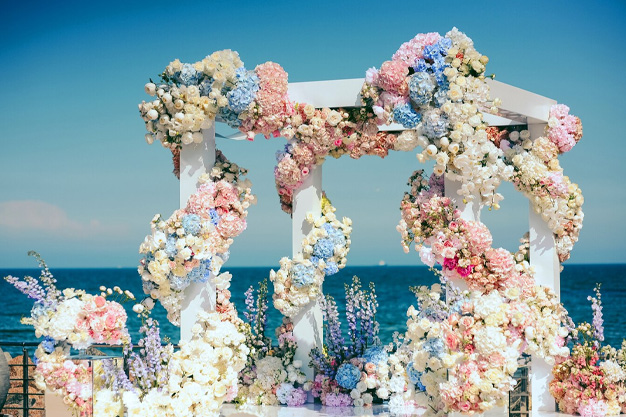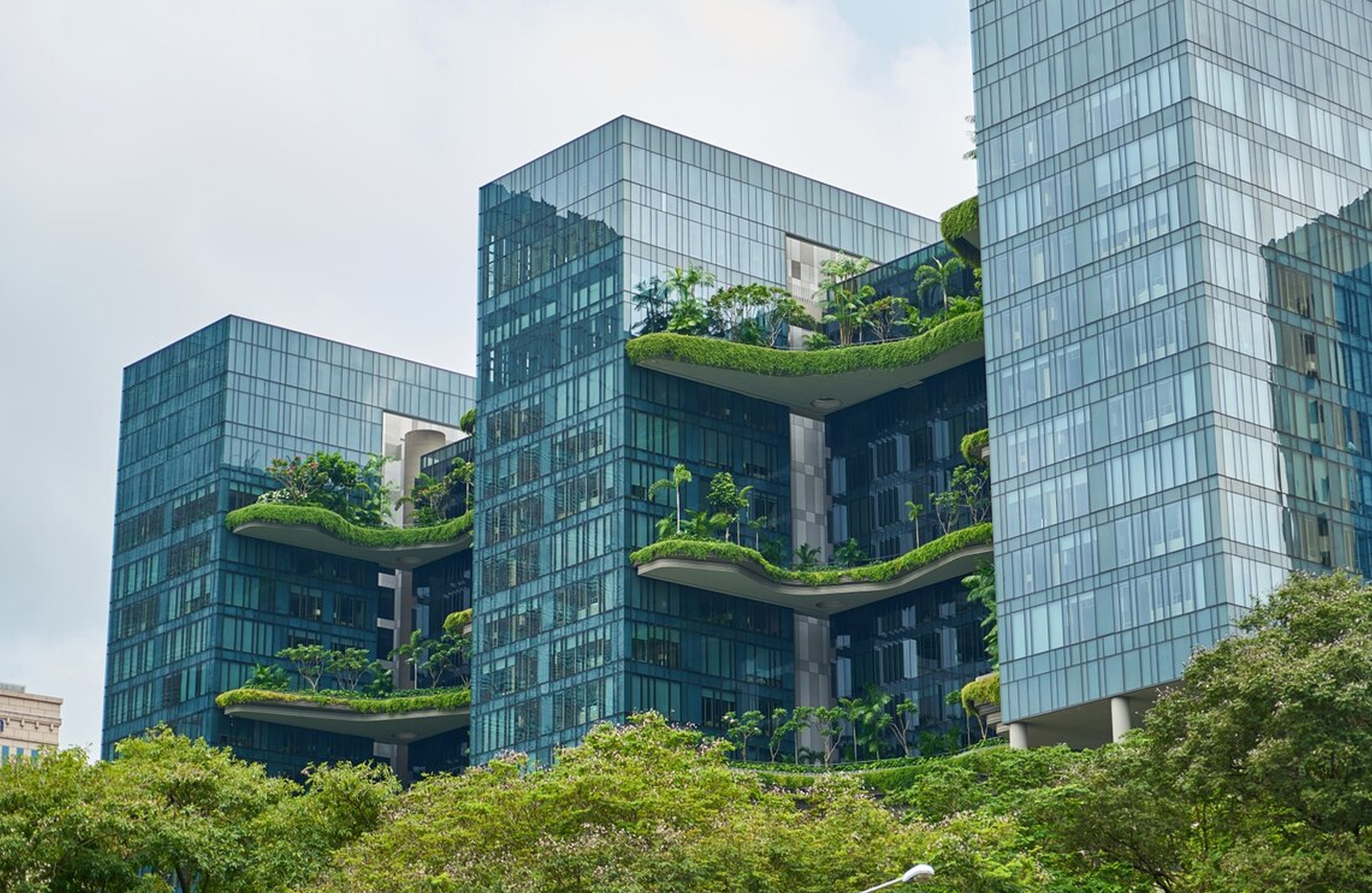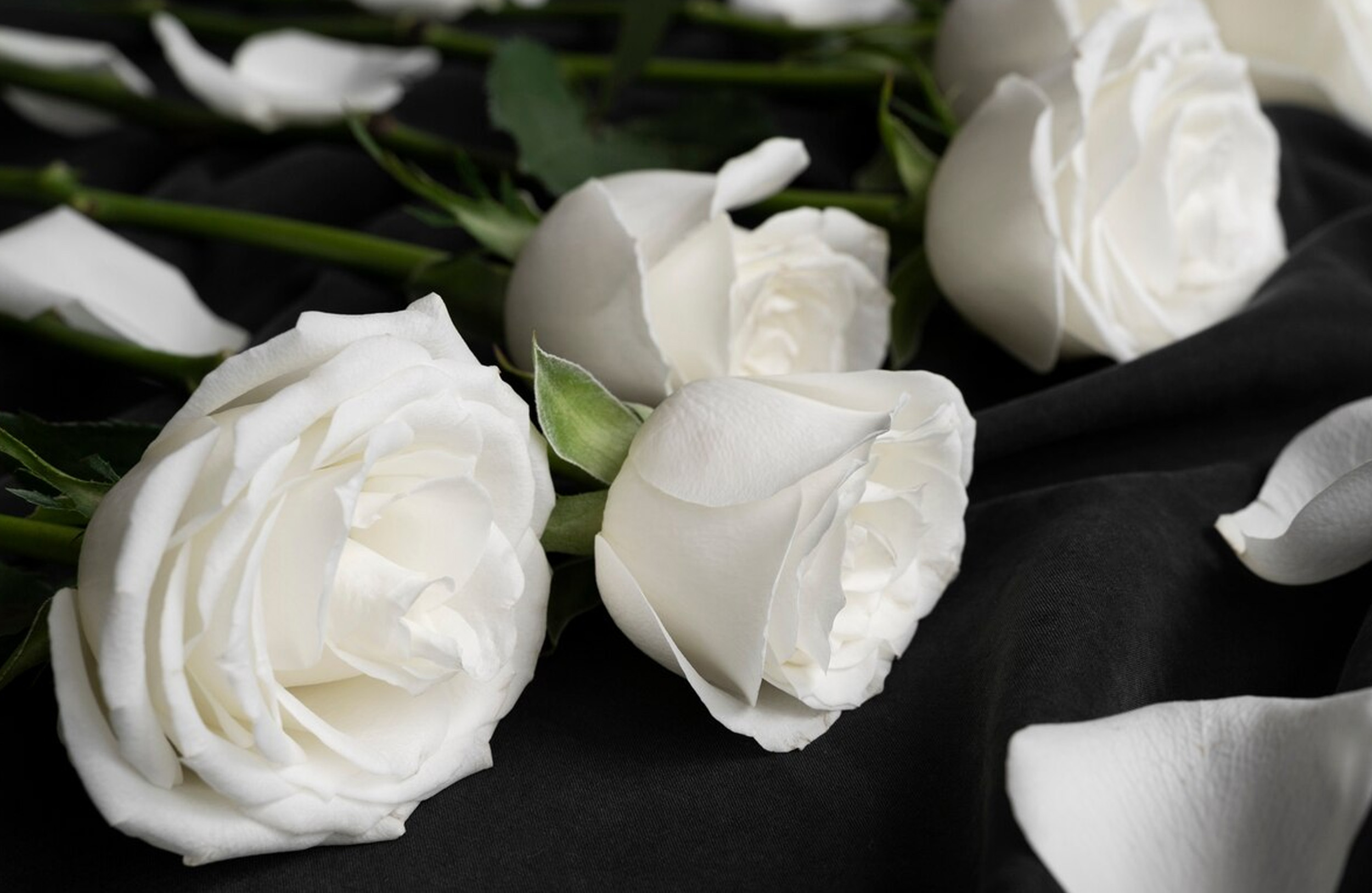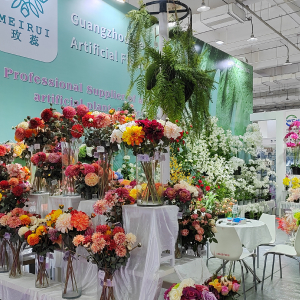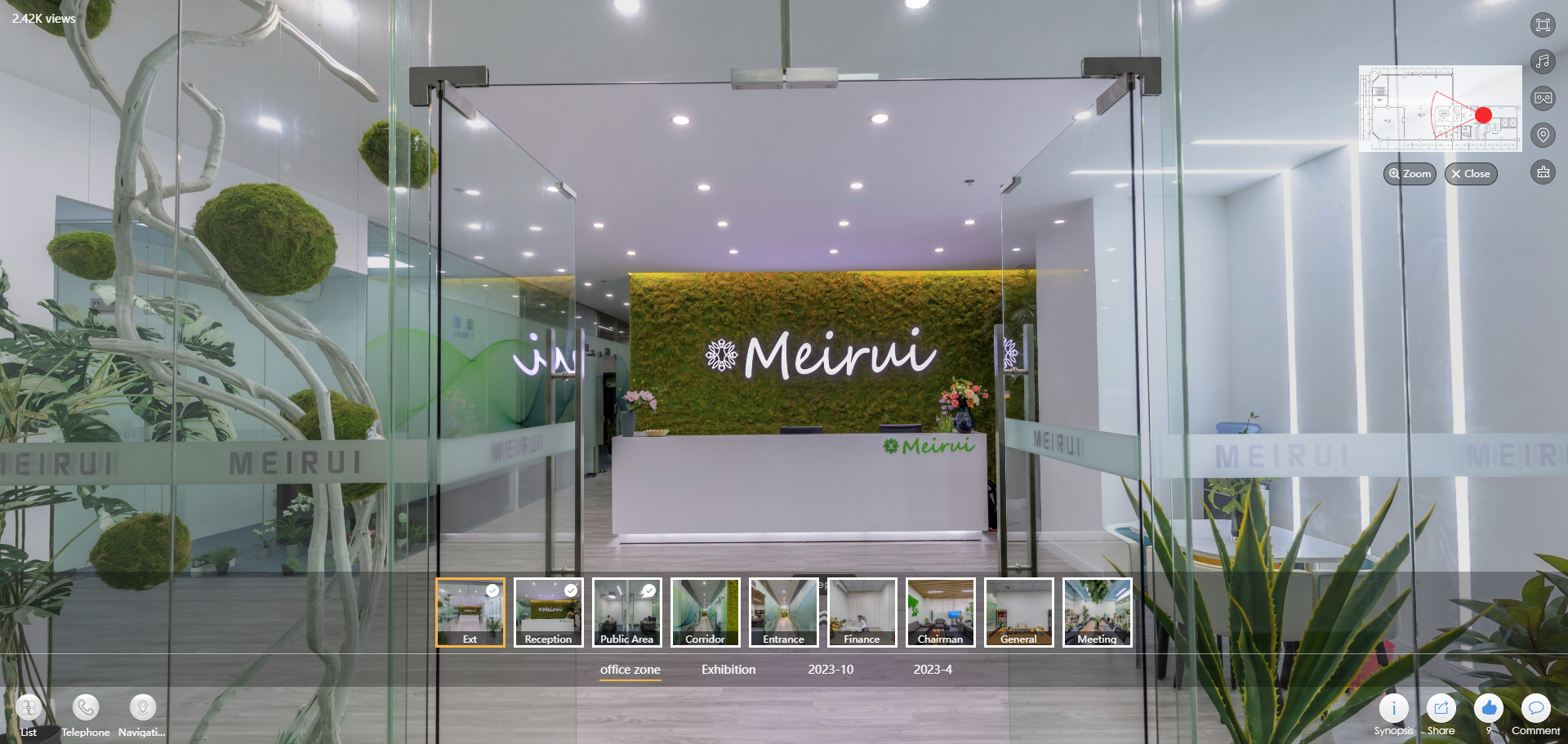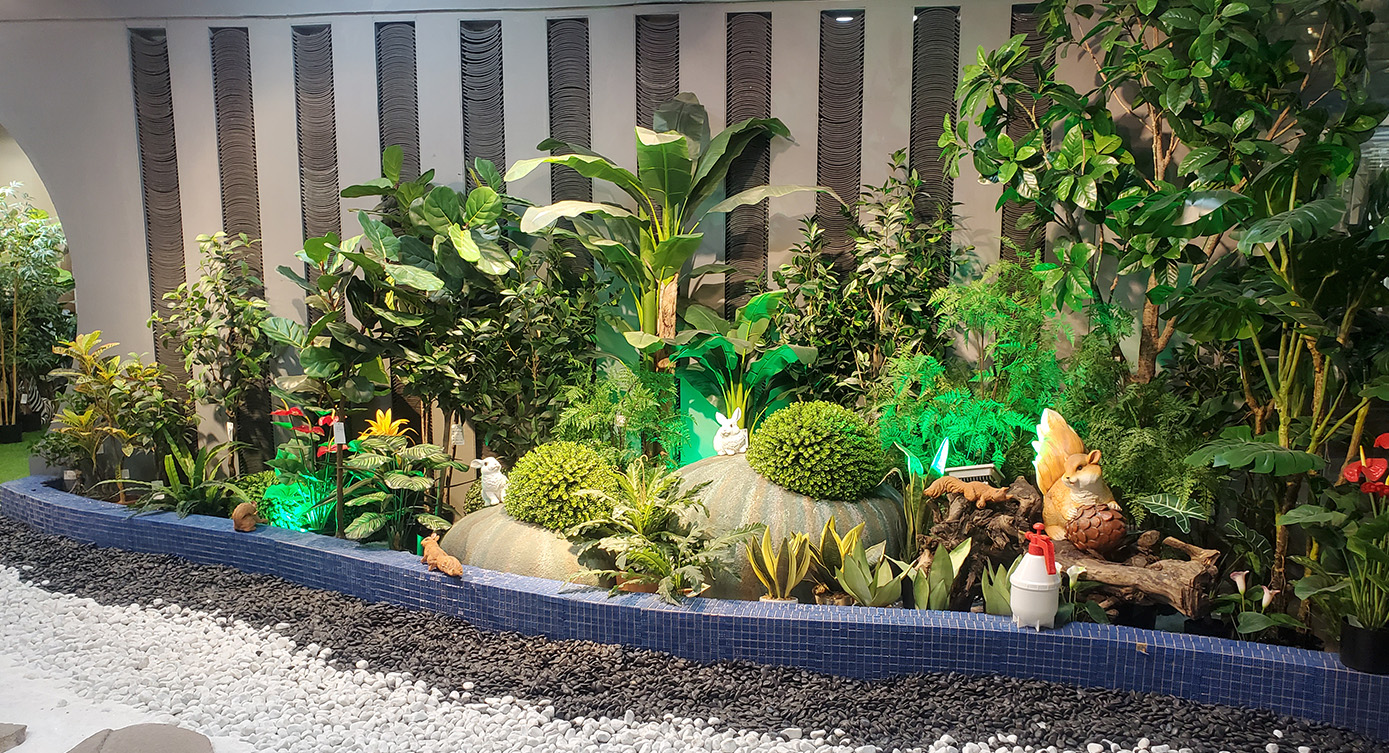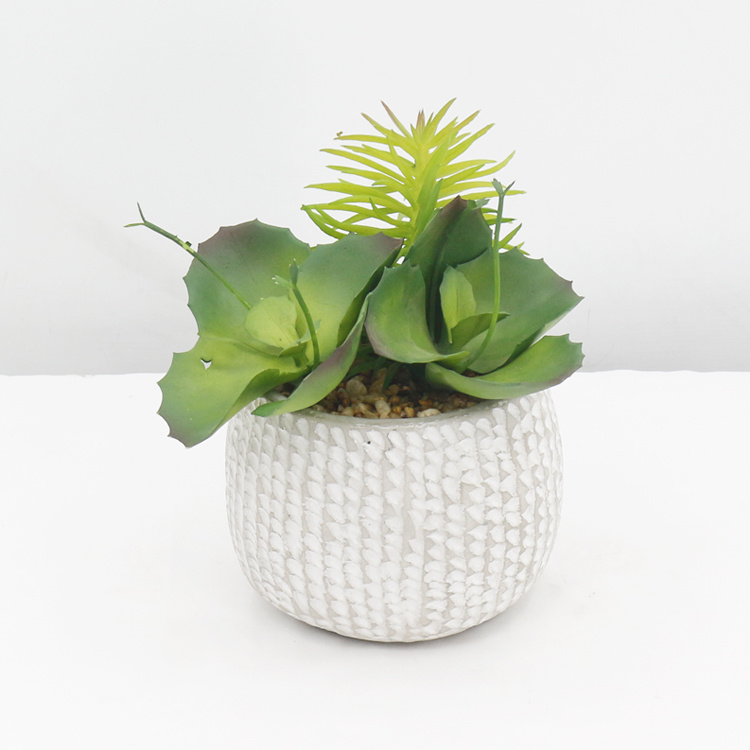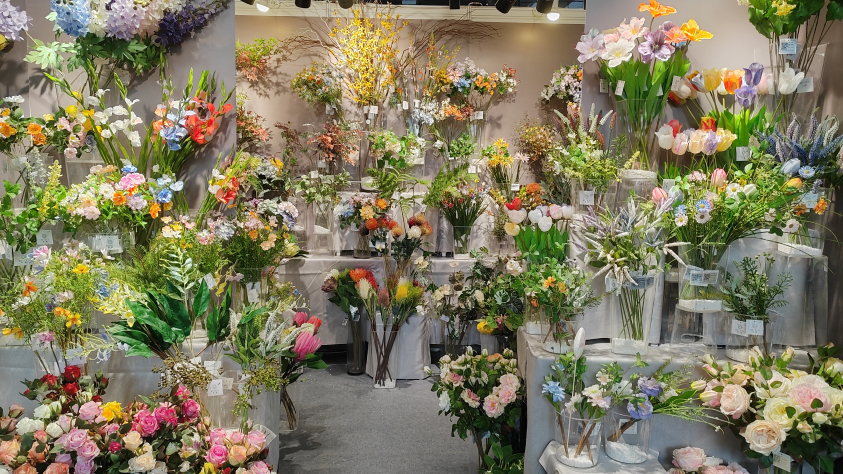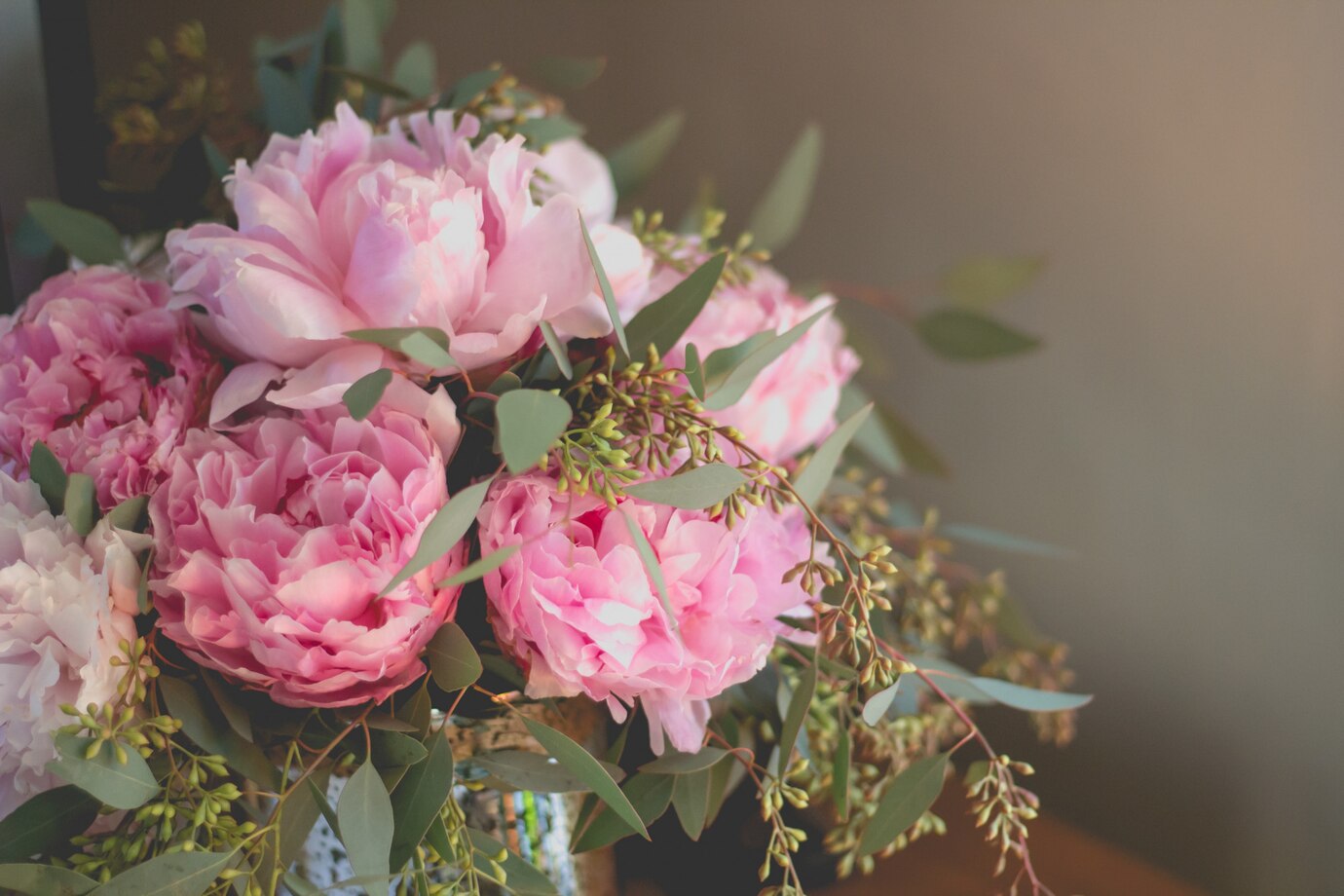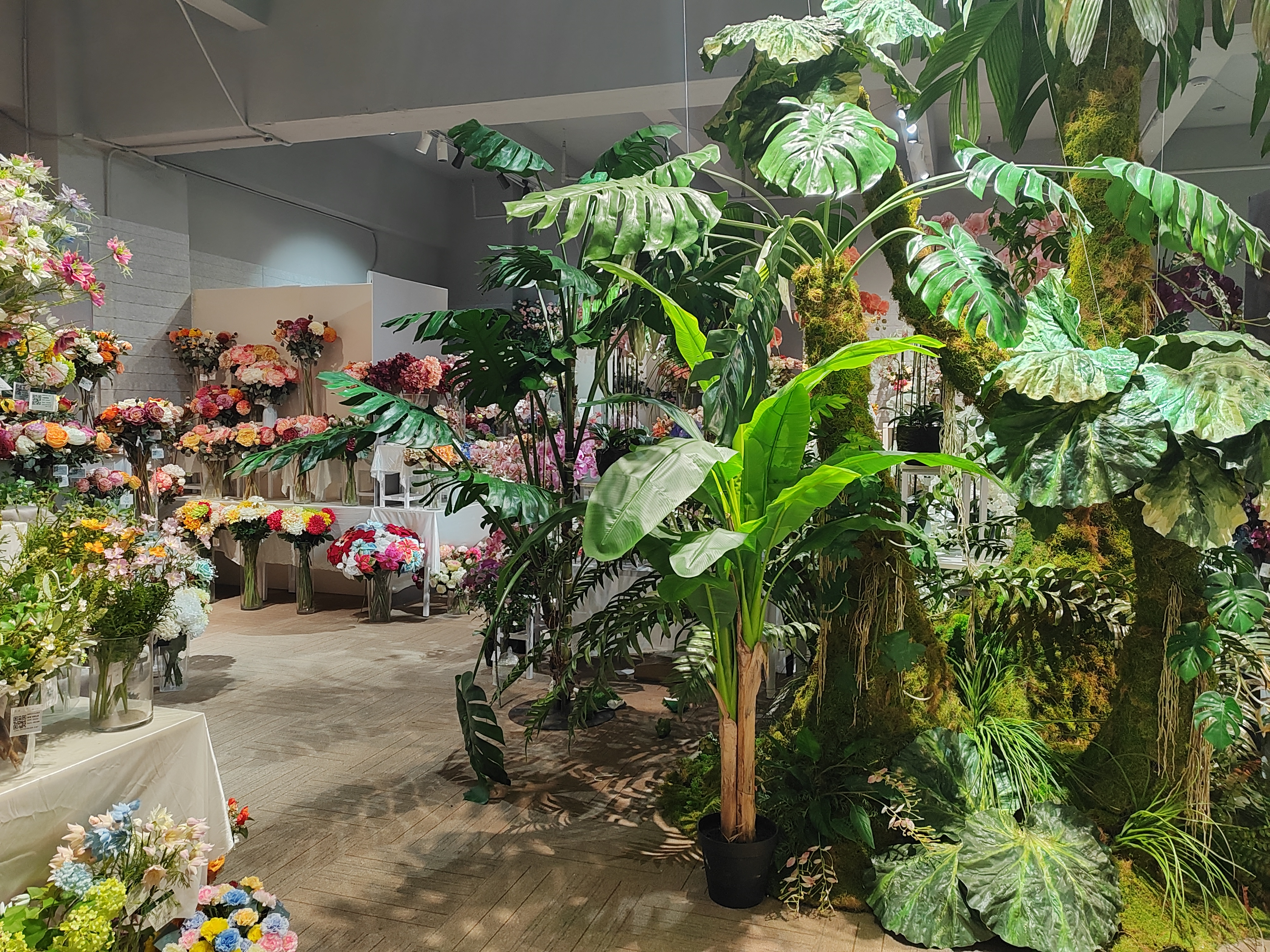

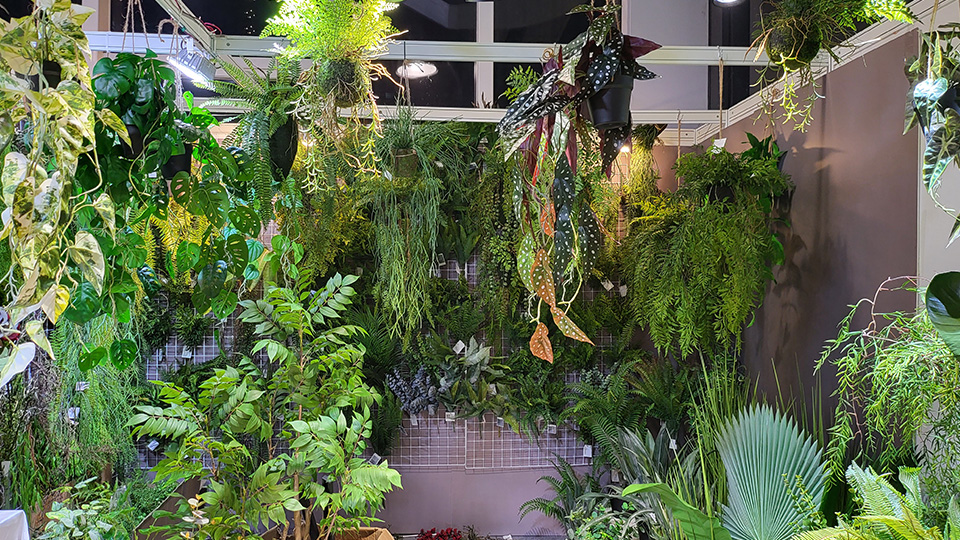
Introduction:
The debate between Artificial flowers and real flowers has been ongoing for years. While real flowers offer natural beauty and fragrance, artificial flowers provide longevity and low maintenance. With Sustainability and environmental concerns gaining importance, it's essential to consider which option is more Sustainable and Environmentally friendly. In this article, we will explore the pros and cons of artificial flowers and real flowers, highlighting their sustainability, Innovative features, and their impact on the environment.
Sustainability and Environmental Impact:
- Artificial Flowers: Sustainable artificial flowers are designed with eco-friendly materials that minimize harm to the environment. They are often made from recycled fabrics or natural fibers like silk or cotton. This reduces the demand for non-renewable resources and helps in Waste reduction. Additionally, artificial flowers can be reused and enjoyed for years, reducing the need for continuous replacements and minimizing waste generation.
- Real Flowers: Real flowers, while natural and biodegradable, have a significant Environmental impact. They require resources like water, fertile soil, and energy for their growth and transportation. The intensive use of pesticides and fertilizers in flower farming can also contribute to water pollution and harm ecosystems. Furthermore, the transportation of real flowers over long distances increases carbon emissions and contributes to climate change.
Innovative Features:
- Artificial Flowers: Artificial flowers have come a long way in terms of innovation. They now offer a wide range of options in terms of colors, types, and arrangements. Manufacturers are incorporating sustainable materials and recyclable components into their designs, reducing the environmental impact. Artificial flowers also require minimal maintenance, as they do not need watering, trimming, or exposure to sunlight. This makes them a convenient choice for those with busy lifestyles or a lack of gardening skills.
- Real Flowers: Real flowers, on the other hand, provide natural beauty, fragrance, and a sense of freshness. They offer a unique and ever-changing variety of colors and shapes. However, real flowers require regular care and maintenance to keep them fresh and vibrant. They need to be watered, trimmed, and placed in appropriate lighting conditions. This can be time-consuming and may not be suitable for individuals with busy schedules or those who lack gardening expertise.
Environmental Benefits:
- Artificial Flowers: Opting for artificial flowers can have several environmental benefits. They reduce the demand for water, soil, and energy resources required for the growth and transportation of real flowers. Artificial flowers also have a lower carbon footprint, as they do not require long-distance transportation. By choosing sustainable artificial flowers, individuals contribute to waste reduction, Conservation of resources, and the preservation of biodiversity.
- Real Flowers: Real flowers, while having a higher environmental impact, offer some benefits as well. They support local economies, especially in areas where flower farming is a significant industry. Real flowers also provide habitats for pollinators and contribute to the overall biodiversity of ecosystems. Additionally, the process of growing and caring for real flowers can be a fulfilling and therapeutic experience for gardening enthusiasts.
Personal Preferences and Occasions:
- Artificial Flowers: Artificial flowers are highly versatile and can be used for various occasions, including weddings, events, and home decor. They offer a wide range of colors, types, and arrangements, allowing individuals to create customized and long-lasting floral displays. Artificial flowers are also a suitable choice for individuals with allergies, as they do not release pollen or other allergenic particles into the air.
- Real Flowers: Real flowers are often preferred for their natural beauty, fragrance, and the sentimental value they hold. They are commonly used for special occasions like weddings, anniversaries, and funerals. The ephemeral nature of real flowers adds a sense of charm and uniqueness to these events. Additionally, real flowers can be locally sourced, supporting local florists and reducing the carbon footprint associated with long-distance transportation.
Conclusion:
When deciding between artificial flowers and real flowers, it's important to consider sustainability, Innovative features, and the environmental impact of each option. While real flowers offer natural beauty and fragrance, they have a higher environmental impact and require regular care. On the other hand, artificial flowers provide longevity, low maintenance, and the ability to customize arrangements. They are also more sustainable, as they reduce waste, conserve resources, and have a lower carbon footprint.
Ultimately, the choice between artificial flowers and real flowers depends on Personal preferences, occasions, and the desire to prioritize sustainability. By opting for sustainable artificial flowers or locally sourced real flowers, individuals can create beautiful floral displays while minimizing their impact on the environment.
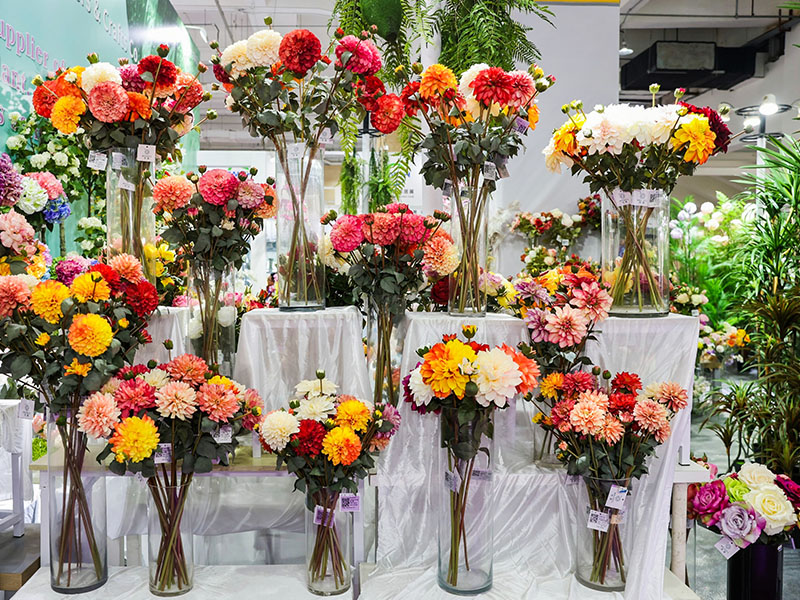
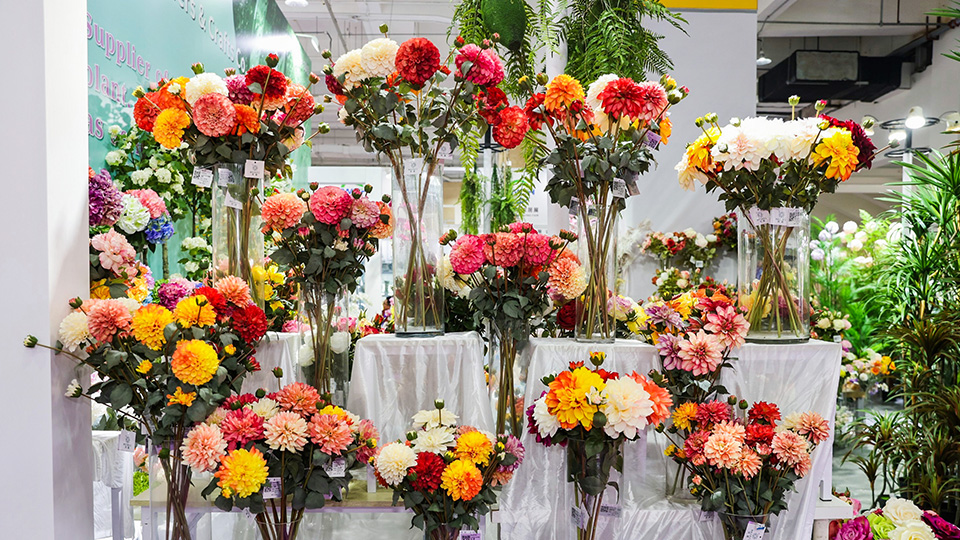

important to us





